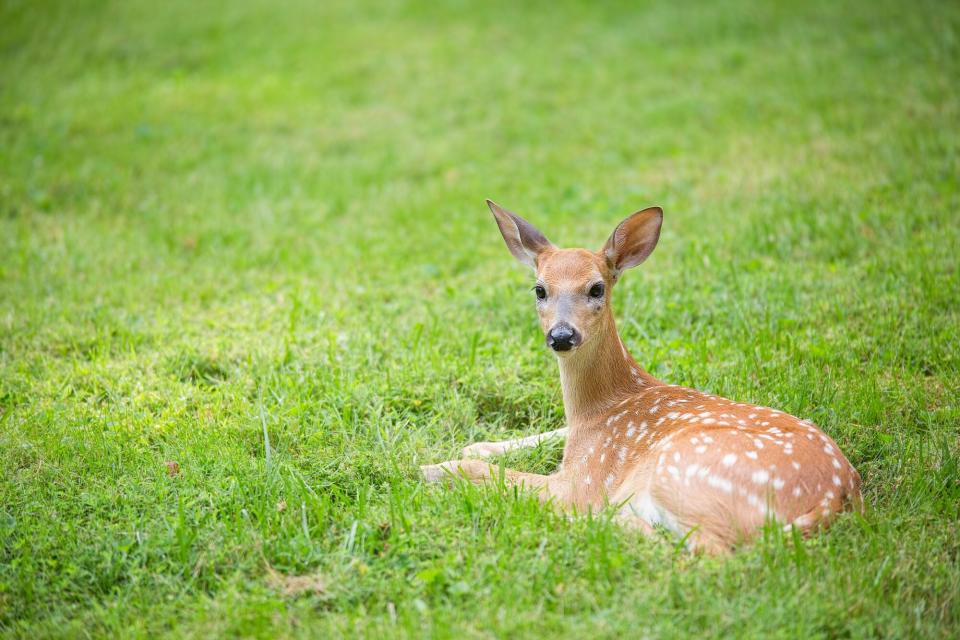What to Do If You Find a Baby Animal Alone in Your Yard
We have all experienced looking out the window only to witness a wild animal—large bird, bear, or deer—wandering about. When Mother Nature comes that close to home, it can be fascinating (and maybe even a little unnerving). But do you know what you should do in the event that you spot a vulnerable baby animal in your yard without its mother?
First, ask yourself, "Does this animal actually need my help?" According to Stephanie Beilke, conservation science manager at Audubon Great Lakes, this is essential—intervening when unnecessary could do more harm than good. Should you find that the animal would benefit from your assistance, we've outlined the right course of action based on the type of animal you've found.
Related: Five Ways to Support Threatened Species in Your Garden

AmyKerk / Getty Images
Birds
In many cases, people will spot a baby bird in their yard and assume they need help. "Many baby birds may fledge the nest early before they have really figured out how the whole flight thing works, and that's okay," explains Beilke. "Typically, we look to see if a bird is fully feathered and has grown in its wing feathers." Noticing if the bird has fully feathered is the first step in figuring out if it needs assistance or not. Keep in mind that some birds, such as ducks, geese, and shorebirds, aren't fully feathered when they're young, but they're ready to swim or walk as soon as they hatch and their parents will feed them.
If the bird is unharmed and you can locate its nest, place it back there. If the animal is hurt, place it carefully into a towel-lined box and call your local wildlife rehabilitation center.
Other Baby Animal
What should you do if you spot a solo fawn, baby fox, or non-winged animal? Jane MacMurchy, the coordinator from Animal Charity of Ohio, suggests you not intervene unless the animal is in immediate danger.
MacMurchy shares that it is common for a mother to leave their babies alone while foraging for food or during transport. "If there is a deceased mom in sight you can intervene," she explains. "Check with the department of natural resources to make sure intervention is appropriate for the type of animal as well as to find a registered animal rehabilitation center."

